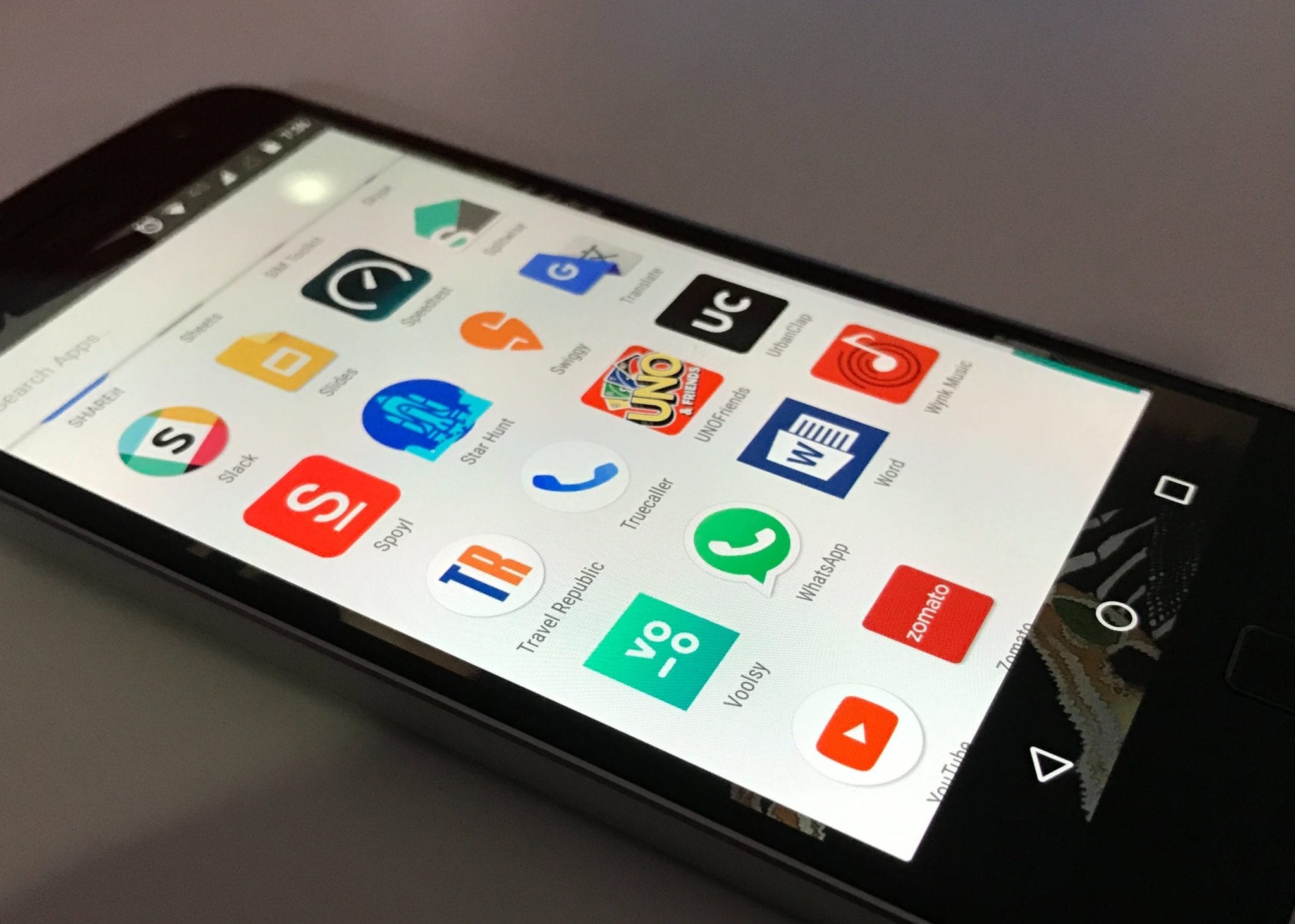There is a big difference between making money from your app and turning a profit from it. Successful app monetization isn’t simply about making money from your application, it’s about transforming your monetization strategies into meaningful revenue. This takes a clever app monetization strategy
What I mean by clever app monetization is a strategy that not only complements your app and your brand, but is one that is relevant to your target audience, drives engagement and boosts revenue.
With that in mind, here are 5 little-known ways to help you get the most from your mobile app monetization.
Know Your Users
You’ll never achieve your money-making objective if you don’t know how to target the consumers you’re attempting to reach. This is among the most common monetization mistakes app developers make. Determine who you are targeting and learn who these users are. Your app needs to be relevant to them and provide them with value with every interaction they have with it.
This means not only building an app that you would want to use, but knowing how to best engage with the primary demographic you’re trying to reach. If your main audience is young people aged 16 to 25, where you interact with these users, how you appeal to their interests and how you provide them with personal recommendations is vastly different than if your target market is between the ages of 35 and 45.
If your app lacks value for your targeted users it will fail to generate interest and revenue.
Know Your In-App Advertising Options
Mobile app monetization through advertising is one of the most popular methods utilized by app developers. In fact, some rely solely on this form of monetization for their apps future success, while others use it in conjunction with other models, such as freemium. Regardless of your decision, remember that just like it’s necessary to ensure that what your app offers is relevant to your targeted users, advertising needs to be relevant as well.
The most common type of in-app advertising include:
- Banner ads
- Interstitial ads
- Incentive video ads
While each one can be beneficial, you need to remember the purpose of your app. Mobile users are smart enough to know if an app’s only focus is to make money off advertisements or in-app purchases. The ads you use should make sense to the experience you’re offering and be a normal and natural part of the UX. You need to identify key moments within your app that are ideal for placing a native ad, such as before an action occurs, feed placements, post-flow placements, and so on. Above all, don’t over-advertise.
Know If You Should Go Premium
A premium or one-time paid app monetization model could be the right choice for your business if you’re confident users will recognize the immediate value of your app and will want to pay in full without sampling it first. That said, the purpose of this model is not to convert users into paying customers. If you want to maintain an on-going revenue stream, you need to continue bringing in new customers every time.
For a paid app to be worth your while, your app must offer the core value with the first download. It needs to be compelling enough that users will download it without sampling it first. The type of apps that tend to have the most success with this model are those that fall into the utility category.
Know If You Should Go Freemium
Of all the monetization strategies out there, freemium is the model that is most widely used by mobile game developers. These apps are free to download with no initial price barrier. However, if users want to gain access to certain perks, accelerate their progress, or purchase digital goods, they need to pay for it via in-app purchases. Depending on the app, a monthly subscription fee may also be an option for users who want continual access to premium services or additional content.
According to a report from Distimo, in the U.S. alone, 76% of all revenue in the Apple App Store comes from in-app purchases. Obviously the model works, but the mistake many developers make with freemium is they fail to find the right balance between paid and free items and services. If you want customers to spend, they need to understand the value of what’s being offered. In other words, you need to give them a free taste of premium if you want them to buy it.
Know If You Should Go Hybrid
It’s not uncommon for app developers to take more than one monetization approach. The reason is that most apps appeal to multiple types of users and not every user respond to the same strategy. This is why many developers have taken the free apps with advertising route and will attempt to foster certain behaviors their users are displaying based on their actions for optimal monetization.
For instance, a user who is more likely to make in-app purchase will receive more offers to buy in-app products. On the other hand, a user who is less likely to make in-app purchases will be shown more ads, such as interstitial ads or incentivized videos they can choose to watch to earn a reward or more virtual currency.
Final Thoughts
Regardless of the monetization strategy you employ, remember that whatever you choose needs to hold value for the user by being relevant, personable, engaging and actionable. From one-time paid apps to in-app purchases to in-app advertisements, it is the value you weave into your app that will give you the best shot at making the most money from it.
What do you think is the most important mobile app monetization strategy to make the most money? Let me know some of the ways you’ve found success!


